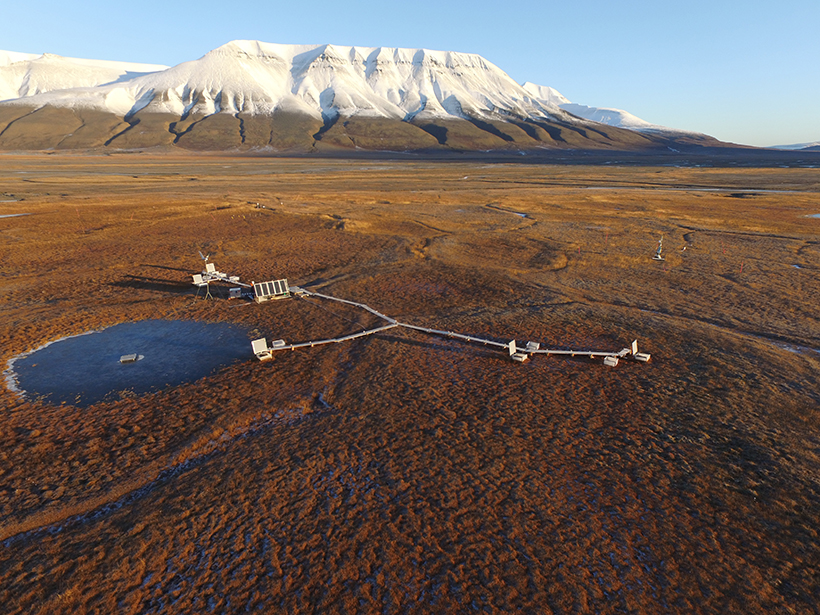Thawing permafrost could release large amounts of carbon into the atmosphere, but finding out how much requires better collection and curation of data.

Thawing permafrost could release large amounts of carbon into the atmosphere, but finding out how much requires better collection and curation of data.